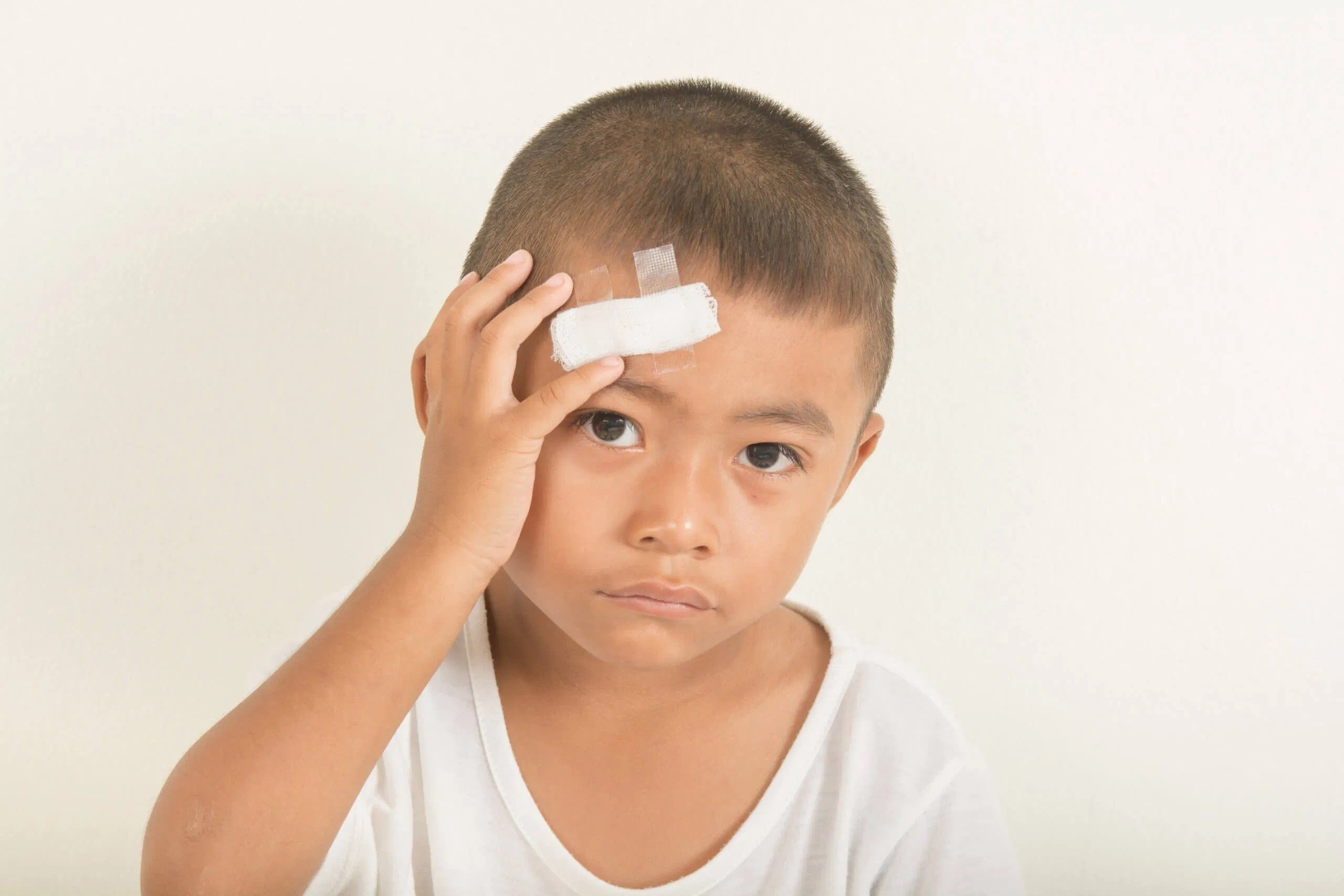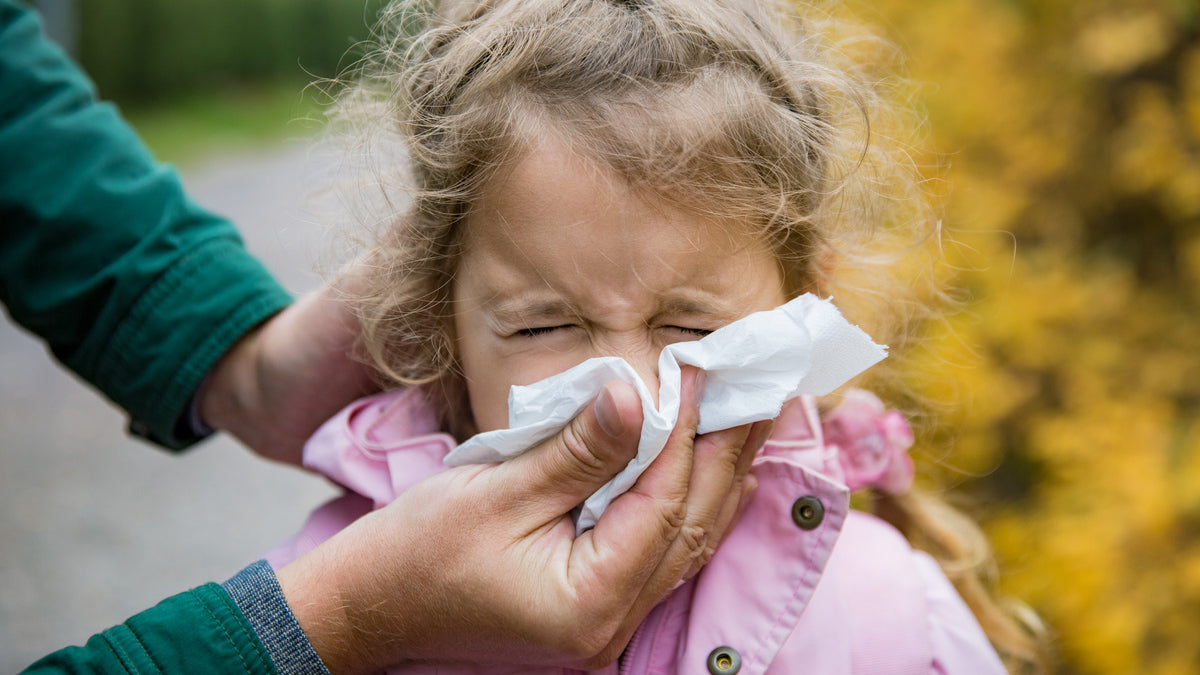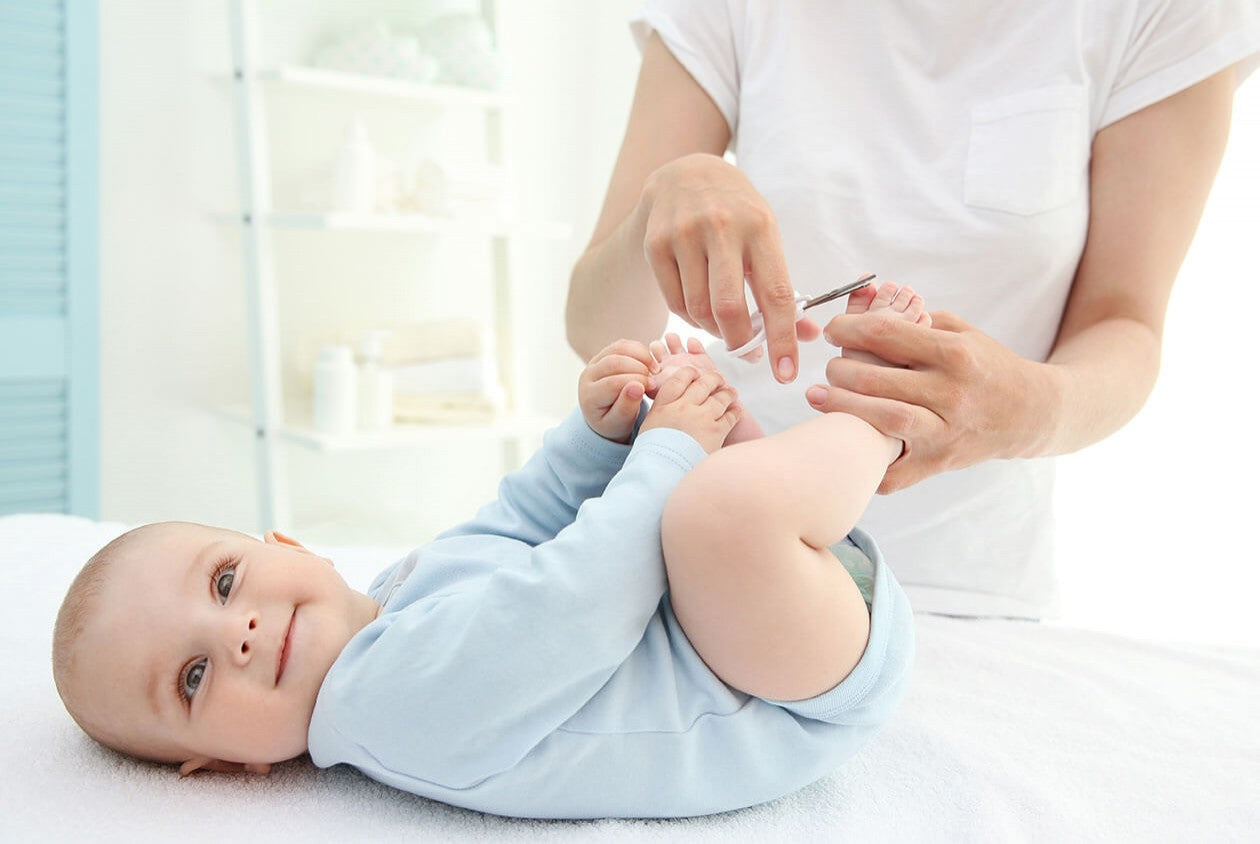The child beats his head: what to do.
The child beats his head: it is a very frightening event but in the vast majority of cases the child gets away with a bump or a superficial wound. Here's how to behave and the signs to watch out for.
The child falls and hits his head
The child hit his head. Fortunately, in the vast majority of cases it is a harmless event, which has no consequences: just put a little ice on the bump and keep the baby under control and everything works out.
On the other hand, however, it is equally true that head trauma in children can be very serious, so much so that it is the main cause of mortality in children under two years of age. Here's how to behave.
What to do: Dress up any wounds
The skin of the scalp is heavily supplied with blood vessels, so a small blow is enough to cause a wound with even abundant blood loss, or an ugly bump, a sign of a subcutaneous hematoma.
To soften the bump, the best remedy is to apply ice or a cold cloth, which limits the formation of the hematoma. To dress the wound, however, just pass a gauze soaked in a common disinfectant - compressing the area for about ten minutes if the bleeding is slow to stop - and then put on a plaster. Obviously, if the wound appears quite deep or the blood loss does not stop, it is good to go to the hospital, where they will consider whether to put some stitches.
Assess the situation
Falls are not all the same: hitting your head on a carpet while taking your first steps is different than hitting it hard when falling off a changing table or slipping into a bathtub. In the first case, the baby will most likely cry but after a few minutes - or even moments - he will have returned to his attempts to stand up. It is always better to keep an eye on it in the following hours, but it is unlikely that anything unusual will emerge.
In other cases - or in slightly more uncertain situations, such as a fall from the bed, which is at an average height - it is better to pay more attention. At the slightest doubt, the first thing to do is to contact the doctor or go to the emergency room: the specialists will determine what to do, whether it is an indication to keep the child under control at home, a short period of observation in emergency room or hospitalization.
Signs to watch out for
Regardless of what the extent of the fall seemed, there are some signs that should set off an alarm bell and prompt you to take your child to the emergency room, to check for an internal hematoma or skull fracture. It happens when the baby:
Vomits;
You bleed from your ear or nose;
Lose consciousness;
Appears in a confused state;
Has convulsions;
Behaves differently than usual (for example, he is unusually quiet, when he is very lively, or he cries and fidgets more than normal);
You have a severe headache;
You feel tired and achy in an arm or leg;
Suffer from severe pain in the neck, which could be the expression of a cervical fracture;
· Shows extreme pallor;
· Shows a state of general suffering;
· Has a pupil (the black "dot" in the center of the eye) larger than the other;
· Has difficulty speaking.
Even if at the moment the child is recovering normally and everything seems fine, as a precaution it is good to observe him in the following 24 hours, because any consequences can occur even after a few hours.
Does the child have to wake up to check it?
Some doctors recommend waking him every 2/3 hours even during the night to check that he wakes up without too much difficulty and reacts normally to the mother's signal. Others do not consider it necessary to wake him up, but advise to see how he is anyway, always every two / three hours. You can evaluate if he is sleeping "as usual", and perhaps try to touch or move him to see if he reacts as usual (generally, "disturbed" children change position in sleep). If there seems to be any anomaly, it is actually worth waking him up and seeing how he reacts and if he recognizes mom and dad.






Leave a comment